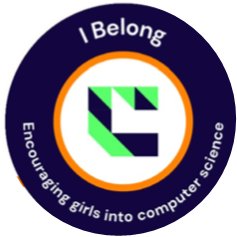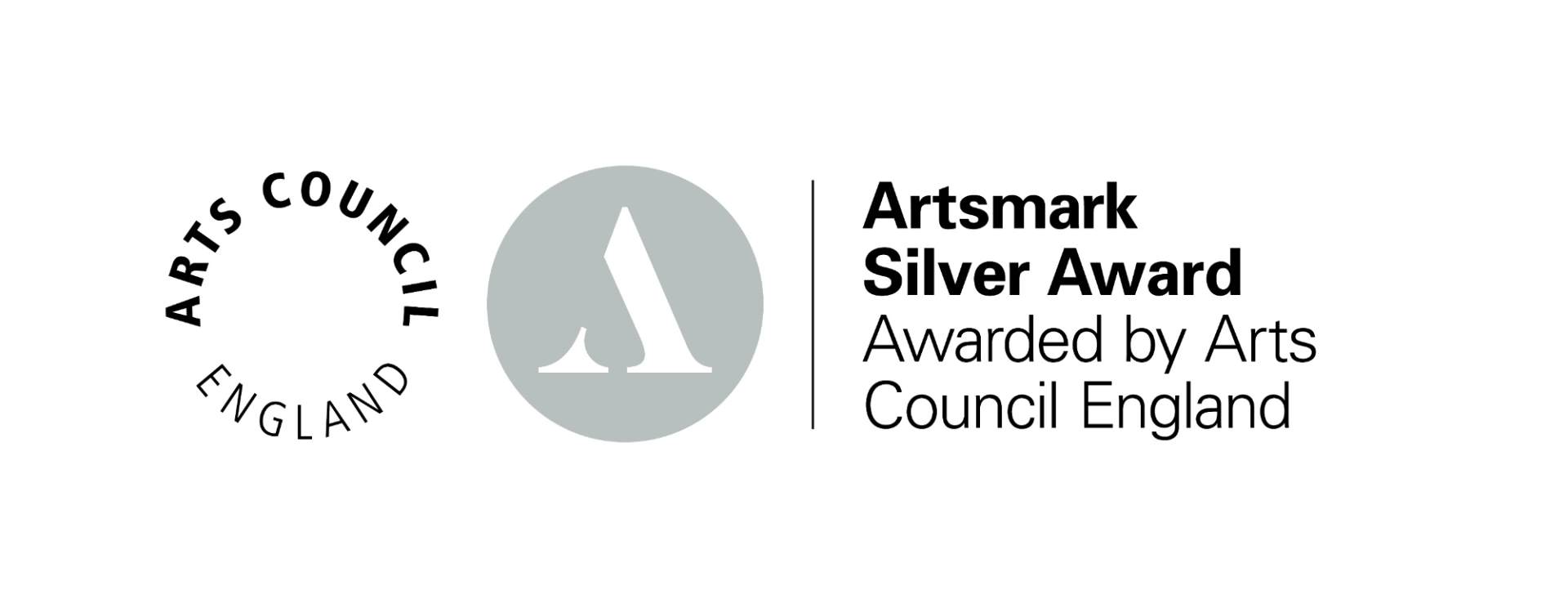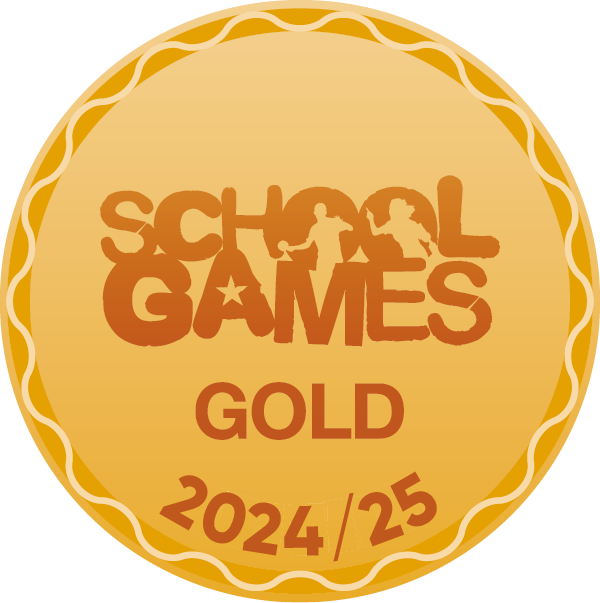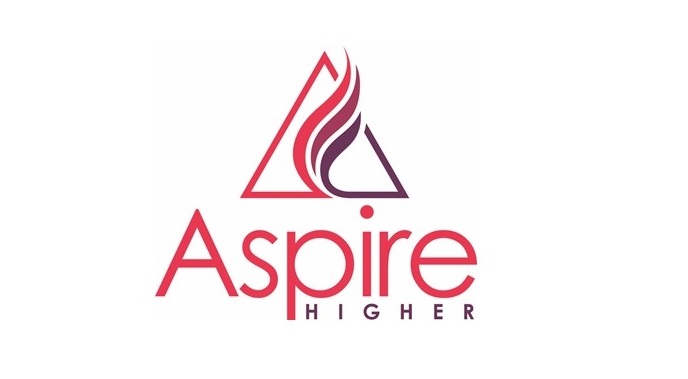Design & Technology (Textiles)
Curriculum lead
Mr S Ahmad - Curriculum Lead Design & Technology
Curriculum Principles & Intent
The intent of the Design & Technology curriculum at Key Stage 3 is to develop students' creative thinking skills and understand how to make educated decisions about pathways forward within project work and the iterative design process. They will develop knowledge of different materials, their properties and their uses, how they can apply to fashion and textiles, industry processes and construction techniques. Students will need to learn how to become independent learners, how to take risks and be creative thinkers through the understanding of basic core principles.
Design and Technology will prepare students to participate confidently and successfully in an increasingly technological world. Students will gain awareness and learn from wider influences on Design and Technology including historical, social, cultural, environmental and economic factors. Students will get the opportunity to work creatively when designing and making and apply technical and practical expertise.
Design & Technology Textiles at Key Stage 3 has a focus on materials and the design process which enables all students to understand design choices and the purpose of an iterative design process.
GCSE Specifications
Design & Technology (Textiles)
D&T Textiles is a creative and hands-on course where you design and make fabric-based products. You will learn how materials work, how clothes and textile products are made, and how to create your own designs using both practical and digital skills.
Course Content:
Core D&T Skills- How designers create products for real users
- How new technologies and materials are changing the world
- How to sketch, model and develop ideas
- How to design responsibly and sustainably
You will focus on fabrics and textile products, including:
- Natural and synthetic fibres
- How fabrics are made (woven, knitted, bonded)
- Smart and technical textiles
- Dyeing, printing and decorative techniques
- Sewing skills and garment construction
- Pattern cutting and making high-quality products
Mode of Assessment:
50% – Design & Make Project (NEA)In Year 11 you complete a major project. You will:
- Research a design problem
- Create ideas and develop them
- Test fabrics and techniques
- Make a final textile product
- Present your designs in a portfolio
Covers:
- D&T knowledge
- Textiles materials and processes
- Sustainability
- Designing and problem-solving
BTEC Specifications
BTEC Award in Art and Design (Fashion and Textiles)
Course Content:
There are a number of different units that would appeal to the creative sides of students including:
- Investigating art and design practice in order to generate and communicate art and design ideas.
- Developing practical skills through application and review whilst recording and communicating the skills developed
- Demonstrate an understanding of a client needs, develop, produce and present a response to a client brief
Mode of Assessment:
The course is assessed through two internally marked projects taking the form of a fashion and textile sketchbook produced by the learner. This gives student the opportunity to investigate different fashion and textiles techniques and skills in lots of depth and creating their own outcomes. The third unit is an exam style unit where the learner will be given a client brief that they will be required to answer through art and design style research in the form of fashion and textiles. They will be expected to independently research the brief and communicate their process through to the production of a product and the formal evaluation of their journey.
Career Paths
Post-16 Courses
- A Level Product Design
- A Level Textiles / Art & Design
- BTEC Fashion & Textiles
Future Careers
- Fashion Design
- Textile Design or Technology
- Costume Design
- Interior Design
- Pattern Cutting & Garment Technology
- Fashion Marketing or Buying
Wider Reading List - Design & Technology
